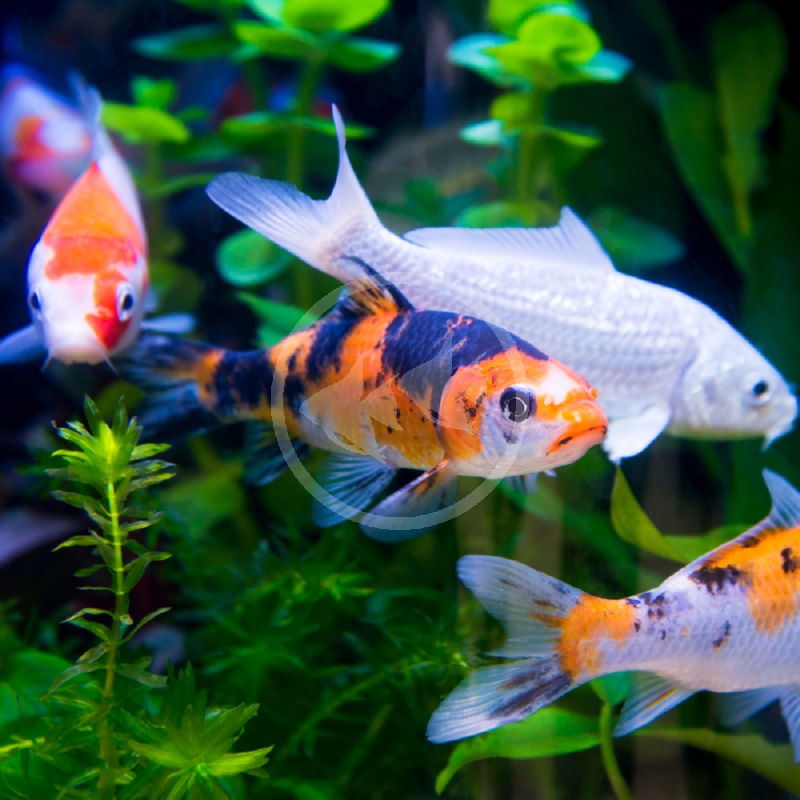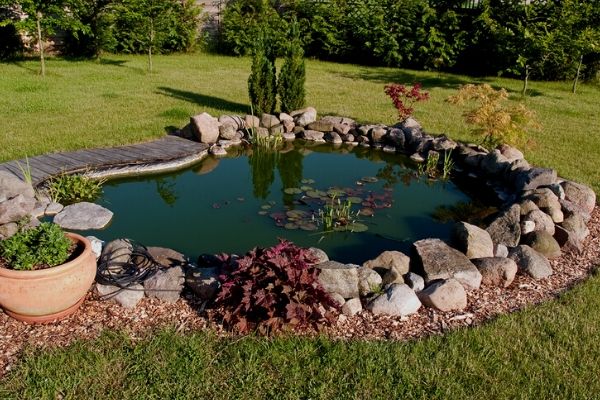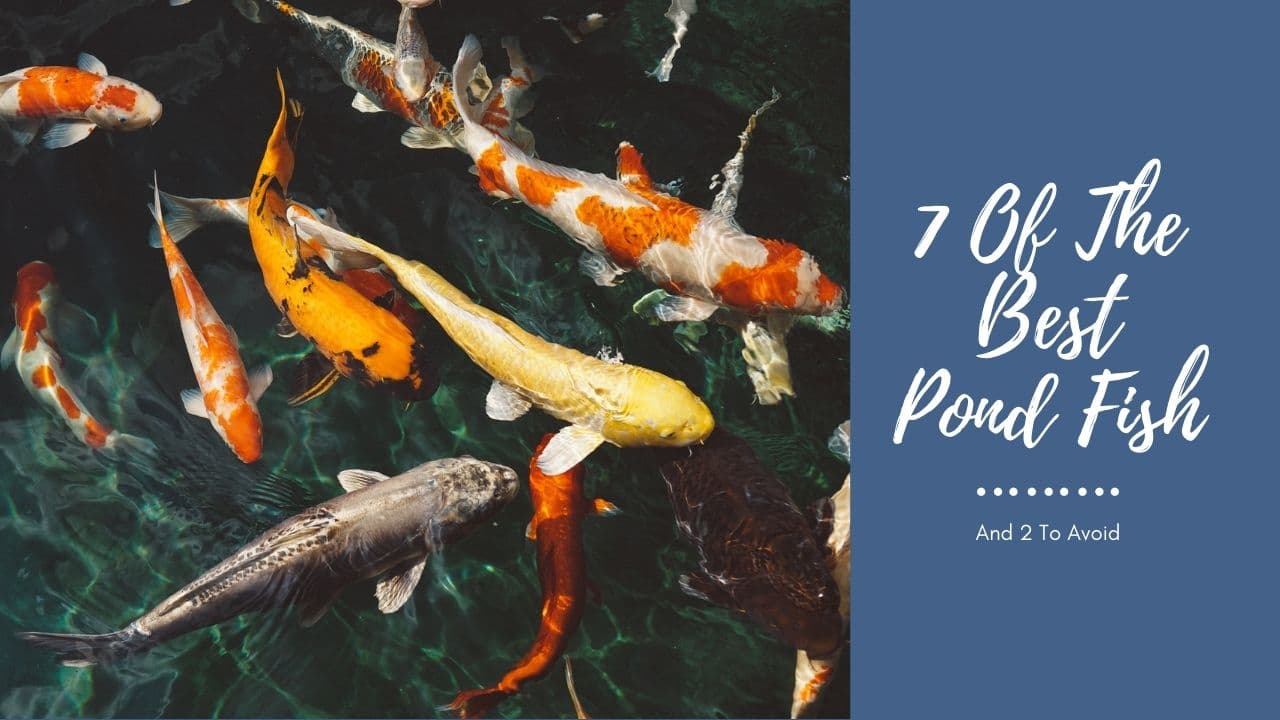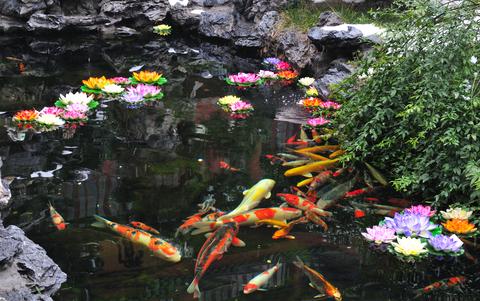Have you ever sat by a tranquil pond, admiring the vibrant colors of fish swimming gracefully beneath the water’s surface? Decorative pond fish not only enhance the beauty of outdoor spaces but also bring joy and serenity to those who care for them. In this comprehensive guide, I will share my personal experiences and insights from years of tending to my own pond, ensuring you have all the information you need to make the best choices for your aquatic companions.
Understanding Decorative Pond Fish
What Are Decorative Pond Fish?
Decorative pond fish, often referred to as ornamental fish, are species specifically kept for their aesthetic appeal rather than for food or other practical purposes. They enhance the visual appeal of garden ponds, attracting both fish enthusiasts and casual observers.
Benefits of Keeping Decorative Pond Fish
- Enhances the beauty of your garden
- Creates a relaxing environment
- Educational opportunities for children and adults
- Supports local eco-systems
Popular Types of Decorative Pond Fish

Koi Fish
Koi fish is perhaps the most well-known decorative pond fish. With their striking colors and patterns, they can grow large (up to 3 feet) and live for decades, making them a long-term investment.
Goldfish
Goldfish are incredibly popular because of their hardiness and variety of colors. They can thrive in smaller ponds, making them a great choice for beginners.

Shubunkin
Shubunkins are a colorful variety of goldfish that are known for their beautiful mottled patterns. They are resilient and can coexist peacefully with other pond fish.
Orfe
Known for their dazzling golden color, Orfes are energetic swimmers and can grow quite large. They thrive in large ponds and are known for their playful behavior.

Other Notable Species
- Catfish
- Rudd
- Rainbows
Choosing the Right Pond Fish for Your Garden

Factors to Consider
- Pond Size: Different fish require different amounts of space.
- Climate: Some fish are better suited for cold climates, while others thrive in warmer waters.
- Compatibility: Ensure that species can coexist without stress or aggression.
Comparison of Popular Pond Fish
| Fish Type | Size | Colors | Life Span | Care Level |
|---|---|---|---|---|
| Koi | Up to 3 ft | Various | 25-200 years | Advanced |
| Goldfish | Up to 12 in | Orange, Black, White | 5-15 years | Beginner |
| Shubunkin | Up to 12 in | Mottled | 5-10 years | Beginner |
| Orfe | Up to 15 in | Golden | 15-20 years | Intermediate |

Setting Up Your Pond for Fish
Pond Design and Size
When planning your pond, consider its shape, depth, and overall size. A depth of at least 3 feet is recommended for koi and other larger species to prevent freezing in winter and to provide enough space for swimming.

Water Quality and Filtration
Maintaining clean water is crucial for the health of your pond fish. Invest in a good filtration system and regularly test water parameters like pH, ammonia, and nitrite levels.
Pond Plants
Aesthetically pleasing and beneficial, aquatic plants provide shelter, oxygen, and natural filtration for your fish. Consider species like water lilies, lotus, and submerged plants.
Feeding Decorative Pond Fish
What to Feed Your Fish
Feeding your fish a balanced diet is essential for their health. Koi and goldfish require high-quality pellets, while others may enjoy a mix of flakes and live food.
Feeding Schedule
Feed once or twice a day during warmer months. In winter, fish enter a state of torpor and may not need feeding at all.
Recommended Fish Food Brands
- Hikari
- Tetra
- Aquatic Foods
Maintaining Your Pond Fish Health
Common Health Issues
- Ich: A common parasitic infection that causes white spots on the fish’s skin.
- Fin Rot: Often due to poor water quality, this condition causes frayed fins.
- Swim Bladder Disease: Affects buoyancy, often due to overfeeding or poor water conditions.
Signs of Healthy Fish
- Bright, vibrant colors
- Active swimming behavior
- Clear, unclouded eyes and fins
Winter Care for Your Pond Fish
Preparing Your Pond for Winter
As temperatures drop, it’s vital to prepare your pond for winter to keep your fish safe. This may involve adding a heater to prevent the pond from freezing over and providing aeration.
Feeding During Winter
Reduce feeding, as fish metabolism slows down. Use specially formulated cold-weather fish food if necessary.
Pros and Cons of Keeping Decorative Pond Fish
Pros
- Aesthetic appeal
- Educational for families
- Can help with pest control (e.g., mosquitoes)
Cons
- Requires regular maintenance
- Can be costly to set up
- Fish can be susceptible to diseases
FAQs about Decorative Pond Fish
What is the best fish for a small pond?
Goldfish are generally the best choice for small ponds due to their hardiness and ability to thrive in limited space.
How long can pond fish live?
Depending on the species, pond fish can live from a few years to several decades, with koi being known to live over 200 years!
How do I clean my pond without harming the fish?
Regularly remove debris and algae with a net or skimmer. Avoid using harsh chemicals and consider installing a filtration system to maintain water quality.
Are decorative pond fish easy to care for?
Some species, like goldfish and shubunkins, are relatively easy to care for, while others, like koi, require more attention and pond management.
Conclusion
Decorative pond fish can add life and beauty to your outdoor space, providing a calming oasis that brings joy to you and your visitors. With the right species, care, and pond setup, you can create a thriving environment for your aquatic friends. Remember to enjoy the process and watch how your pond evolves over time—there’s nothing quite like the serene beauty of fish gliding through crystal-clear water!